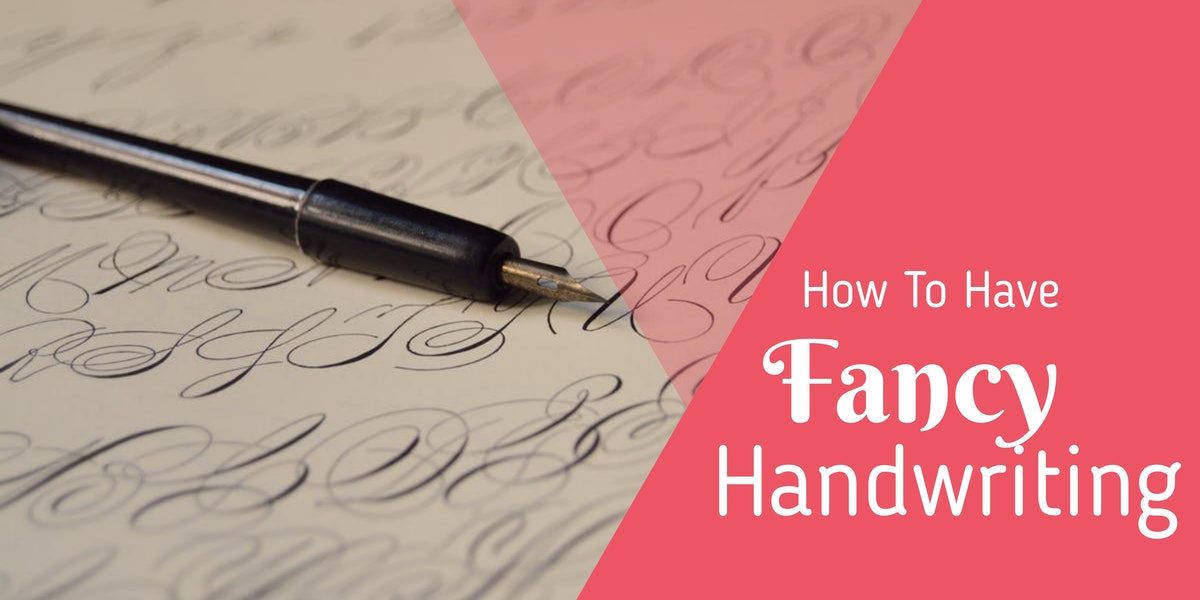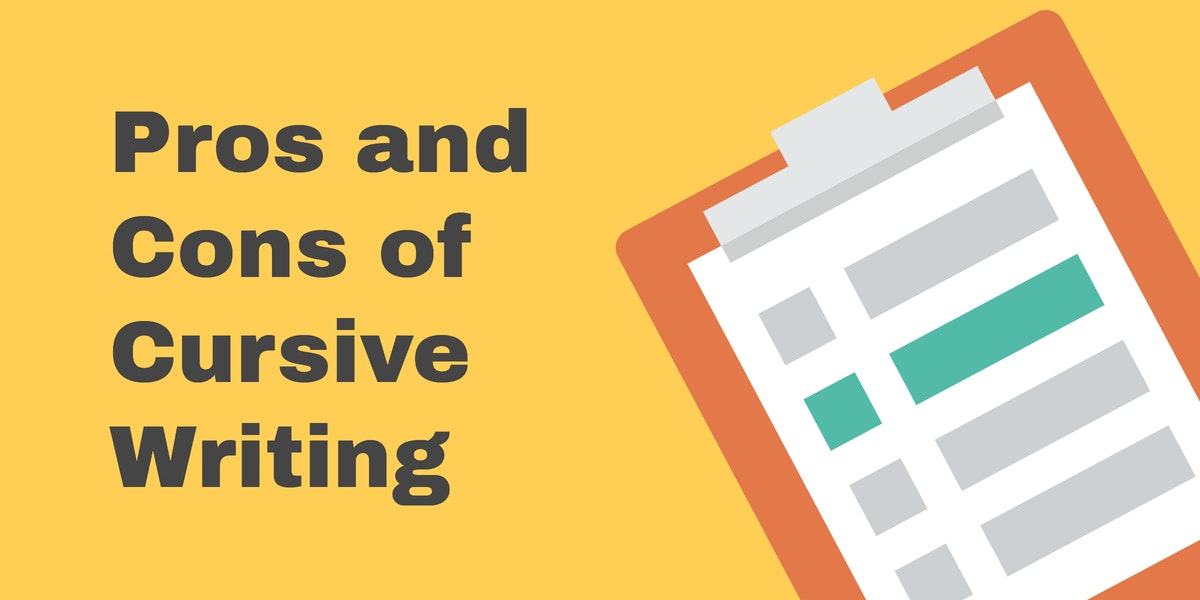Cursive Writing Techniques for Improved Legibility
Improving legibility in cursive writing is essential for effective communication. Techniques such as proper posture, consistent slant, and spacing can significantly enhance the clarity of your writing. By focusing on these elements, writers can ensure that their cursive is not only beautiful but also easy to read.
For example, practicing with lined paper can help maintain uniformity in letter size and spacing. Additionally, using slow, deliberate motions while writing can allow for better control and accuracy, leading to a more legible final product.
Essential Tools for Cursive Writing Mastery
Having the right tools can make a significant difference in your cursive writing journey. Quality pens, pencils, and paper specifically designed for cursive writing can enhance the writing experience and results. Selecting tools that suit your writing style is crucial for developing proficiency.
For instance, fountain pens are often favored for their smooth ink flow, which can help create fluid cursive strokes. Furthermore, using specialized cursive writing paper with guidelines can assist beginners in maintaining consistent letter height and slant.
Common Mistakes in Cursive Writing and How to Avoid Them
Even experienced cursive writers can fall into common pitfalls that hinder their progress. Issues like inconsistent letter formation, improper spacing, and an uneven slant can detract from the overall quality of cursive writing. Identifying and correcting these mistakes early can lead to significant improvements.
To avoid these errors, it's beneficial to practice writing slowly and focus on one letter at a time. Additionally, reviewing and analyzing your writing can help pinpoint areas needing improvement, allowing for targeted practice sessions that address specific challenges.
The Role of Cursive Writing in Education Today
Cursive writing plays a crucial role in education, fostering fine motor skills and cognitive development in students. Despite the rise of digital communication, many educators advocate for the continued teaching of cursive due to its benefits in enhancing brain development and memory retention.
Research has shown that learning cursive writing can improve students' ability to express their thoughts more fluently and creatively. Moreover, with 25 states mandating cursive instruction, it remains an integral part of the curriculum, ensuring that students develop this valuable skill.












